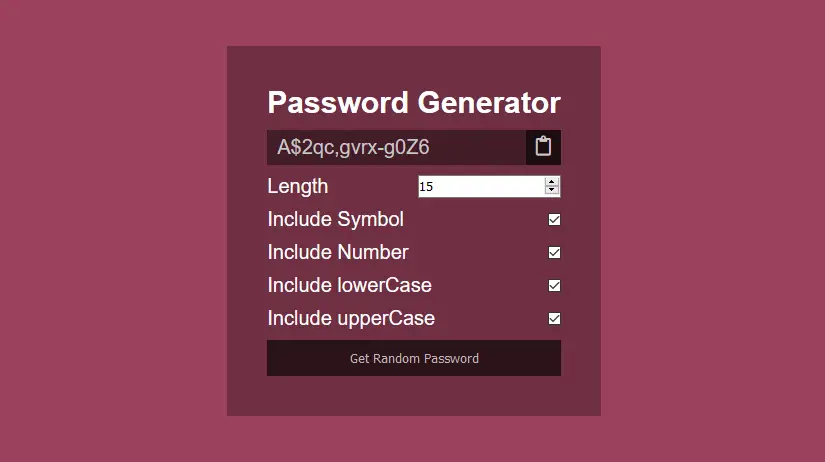

In the blink of an eye, you have a password that’s strong, and much more likely to be accepted by any website on earth. The SPG selects four syllables, one of which will be entirely uppercase, and blends them with separators, which are chosen from ten digits (0-9) and six basic symbols _ *). The wordlist used by the Smart Password Generator currently consists of 10,122 plausible English-language syllables.

While people are much more likely to choose some passwords more than others, the mathematical principle of uniform distribution ensures any of the nearly-countless possible passwords are just as likely to be generated as any other. Mitchell’s team worked closely with Chief of Security, Jeffrey Goldberg, to develop a password-generation process that, for the first time, puts function over form. And my power users can still dive into the UI to adjust the password recipe, for those times you just need 49 characters.īut it’s the default setting - the setting that’s compatible with millions of websites across the internet, the setting that just works - that’s the smartest part. The list, which lives in the brain, is compiled in part with Apple and holds 200 websites (and counting). It can also check the list of websites that have custom password behavior. If a website has the passwordrules attribute coded in its HTML (hey-o, devs!), the brain can use those guidelines to generate a password.
#FIREFOX RANDOM PASSWORD GENERATOR HOW TO#
In a sense, Mitchell and his incredible team have ‘taught’ the brain what password requirements are, how they work, and how to conform in the strongest way possible. When you request a password, the generator calls on this central brain - no matter what version of 1Password you use. The (aptly named) brain is where the core of our code structure lives. The UI is sparse because you don’t really need it.


 0 kommentar(er)
0 kommentar(er)
